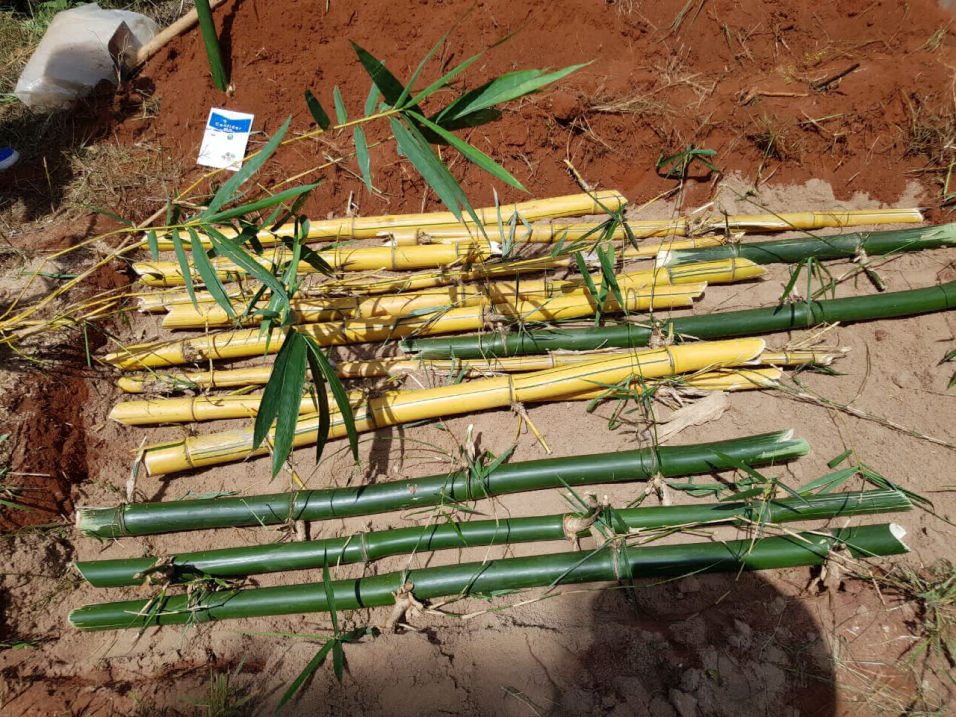Reforestation
Why reforestation ?
- To reclaim the land that has been exposed to vagaries of weather.
- Trees absorb significant amounts of carbon dioxide to combat climate change and provide other benefits
- To restore the forest cover the forest cover, reduce carbon emission thus improving the wellbeing of the community.
Mua Hills serves as a rain catchment area for the surrounding areas of Athiriver, Nairobi and Machakos due to its height of 1844m. During the colonial days, it was densely forested but human activity has destroyed the forest cover since independence. What today remains are big tree stumps and a few blue gum trees as last witness of an occupation by friendly forces long gone. The hyenas and cheetahs used to roam the valleys and hills preying on goats grazing in the undulating plains but this is no longer the case. The wildlife ecosystem is nearly extinguished. It used to drizzle all year round but the weather has changed and drought spells are being experienced in the area. Rainfall is not adequate due to climate change. This has shifted the planting cycles and affected the productivity of the region. Soil erosion has been rampant in the area and this is evidenced by the massive soil carried down the hills.
Under the Greening Mua Hills Initiative Program, the reforestation initiative will contribute to Kenya’s aim to plant 1.8 billion trees and achieve more than 10% forest cover in the country by 2022 hence helping the government to contribute to the AFR100 (the African Forest Landscape Restoration Initiative) which is a country-led effort to bring 100 million hectares of land in Africa into restoration by 2030. AFR100 contributes to The Bonn Challenge which is a global effort to bring 150 million hectares of the world’s degraded and deforested lands into restoration by 2020 and 350 million hectares by 2030. So far 162,700 tree seedlings have been planted. This will help to restore the forest cover, reduce carbon emission thus improving the wellbeing of the community. By planting 1 million tree seedlings and growing the trees to maturity, the project will contribute towards increasing the forest cover of Machakos County which is currently at 3%.
Bamboo Farming
The Mua Hills has experienced soil erosion as a result of reduction of tree cover since 1964 when the land changed hands from the settlers to the indigenous people. Gullies are a common sight and an effective way to rehabilitate them is by growing Bamboo trees. This is in support of the 2021-2030 UN declaration as the UN Decade on ecosystem restoration in an effort to reverse centuries of damages to forests, wetlands and other ecosystems. So far 1500 bamboo seedlings piloted.
Why Bamboo?
hey grow very fast, are utilizable and regenerate very fast. It is a good source of charcoal which can help in reducing the cutting of trees for firewood and other uses. Within 3 years, the community will start harvesting the bamboo hence a new source of income. Bamboo has lots of value and a semi-processing plant will a sure way of creating employment for the youth and women. It can replace poor performing crops like maize grown in the area.

Reasons For Success
A committed, selfless team of community coordinators (Green Champions)
Adapting success lessons learnt from other parts of the world that have worked and using the right approach i.e., restoration of the environment
Partnership with The National Treasury through the Greening Kenya Initiative
Support from The National Treasury, The Department of Environment and The Department of Correctional Services through provision of free seedlings
Continuous sensitization of the community on the “landscape approach”.
A robust Monitoring and Evaluation framework that provides essential information on a timely basis
Planting the right trees in the right places which is the farms of the community members
Bottom-up approach i.e., engagement with the community
